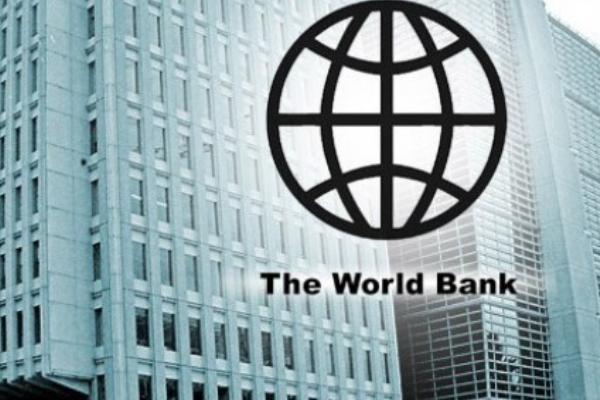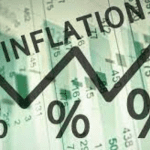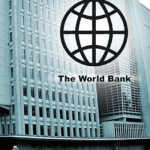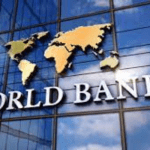The World Bank has warned that there will be additional economic problems for the world.
The World bank stated on Wednesday from its headquarters in Washington, DC, that the rising cost of food and fuel is contributing to the food and energy crises that many developing countries are already experiencing.
[wonderplugin_video iframe=”https://youtu.be/3wN9n24dRuk” lightbox=0 lightboxsize=1 lightboxwidth=960 lightboxheight=540 autoopen=0 autoopendelay=0 autoclose=0 lightboxtitle=”” lightboxgroup=”” lightboxshownavigation=0 showimage=”” lightboxoptions=”” videowidth=600 videoheight=400 keepaspectratio=1 autoplay=0 loop=0 videocss=”position:relative;display:block;background-color:#000;overflow:hidden;max-width:100%;margin:0 auto;” playbutton=”https://www.tvcnews.tv/wp-content/plugins/wonderplugin-video-embed/engine/playvideo-64-64-0.png”]
According to the most recent Commodity Markets Outlook report from the World Bank, currency depreciations, nearly 60% of oil-importing emerging-market and developing economies recently experienced an increase in domestic oil prices, and nearly 90% of the economies experienced an increase in wheat prices that was greater in local currency terms than the increase in U.S. dollars.
It emphasised how rising energy commodity prices, which are used as inputs in agricultural production, have contributed to rising food prices.
The World Bank’s Vice President for Equitable Growth, Finance, and Institutions, Pablo Saavedra, “Although many commodity prices have retreated from their peaks, they are still high compared to their average level over the past five years.”
A further rise in global food prices could exacerbate food insecurity in developing countries. A variety of policies are required to increase supply, ease distribution, and support real incomes.”
Since the outbreak of the war in Ukraine, energy prices have been quite volatile but are now expected to decline. After surging by about 60 per cent in 2022, energy prices are projected to decline 11% in 2023.
Despite this moderation, energy prices next year will still be 75 per cent above their average over the past five years. The price of Brent crude oil is expected to average $92 a barrel in 2023 -well above the five-year average of $60 a barrel.
Both natural gas and coal prices are projected to ease in 2023 from record highs in 2022. However, by 2024, Australian coal and U.S. natural-gas prices are still expected to be double their average over the past five years, while European natural gas prices could be nearly four times higher.
Coal production is projected to significantly increase as several major exporters boost output, putting climate-change goals at risk.
Also, the Director of the World Bank’s Prospects Group and EFI Chief Economist, which produces the Outlook report, Ayhan Kose stated: “The combination of elevated commodity prices and persistent currency depreciations translates into higher inflation in many countries. Policymakers in emerging markets and developing economies have limited room to manage the most pronounced global inflation cycle in decades. They need to carefully calibrate monetary and fiscal policies, clearly communicate their plans, and get ready for a period of even higher volatility in global financial and commodity markets.”
The report projected that agricultural prices are expected to decline 5 per cent next year while wheat prices in the third quarter of 2022 fell nearly 20 per cent but remain 24 per cent higher than a year ago.
According to John Baffes, Senior Economist in the World Bank’s Prospects Group, “the forecast of a decline in agricultural prices is subject to a variety of risks.” “First, export disruptions by Ukraine or Russia could disrupt global grain supplies once more.” Second, further increases in energy prices may put pressure on grain and edible oil prices. Third, adverse weather patterns have the potential to reduce yields; 2023 is likely to be the third La Nia year in a row, potentially reducing yields of key crops in South America and Southern Africa.”
The report also stated that concerns about a possible global recession next year have already contributed to a sharp drop in copper and aluminum prices, and that prices will likely remain volatile as the energy sector continues to struggle.














